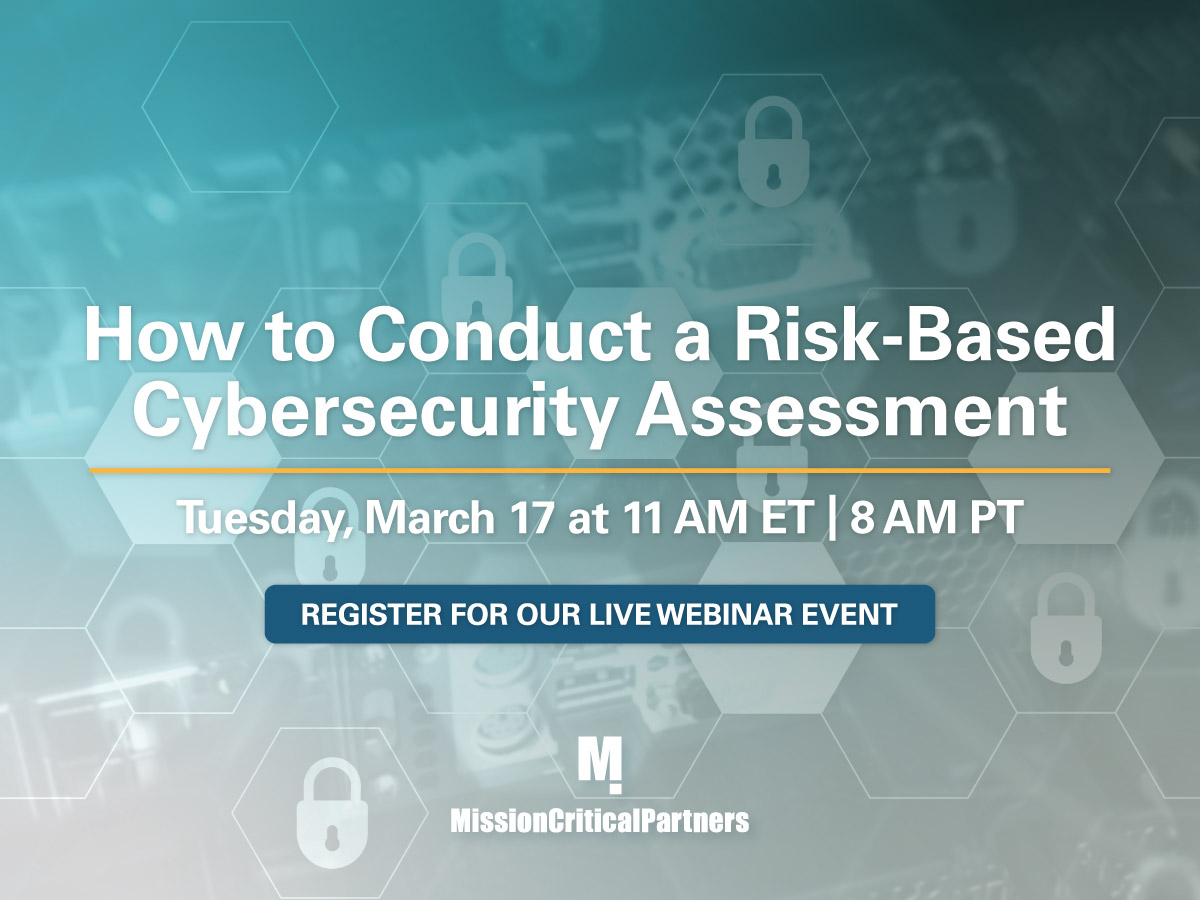Global Positioning System (GPS)-based time sources are used throughout the public safety sector to synchronize a wide array of systems and equipment, including radio consoles, voice recorders, and computer-aided dispatch, fire alarm and video surveillance systems. Such time sources, known as master clocks, also ensure that every system used by a public safety agency generates an accurate, consistent timestamp for every emergency event that requires a law enforcement, fire/rescue and/or emergency medical services (EMS) response.
An event that will occur in two days—Saturday, April 6—threatens to throw things out of sync, at least to some degree. GPS marks time by transmitting signals that indicate the current week and the number of seconds into that week. That data is then converted by the various systems and equipment into the more recognizable format of year, month, day and time of day.
Because the field that represents the current week is a 10-bit binary number, a total of 1,024 weeks can transpire—roughly 19.7 years—before GPS resets the week value to zero. In the world of GPS, this time period is known as an epoch. The first epoch began on January 6, 1980 and rolled over on August 21, 1999; the second epoch will roll over in two days.











